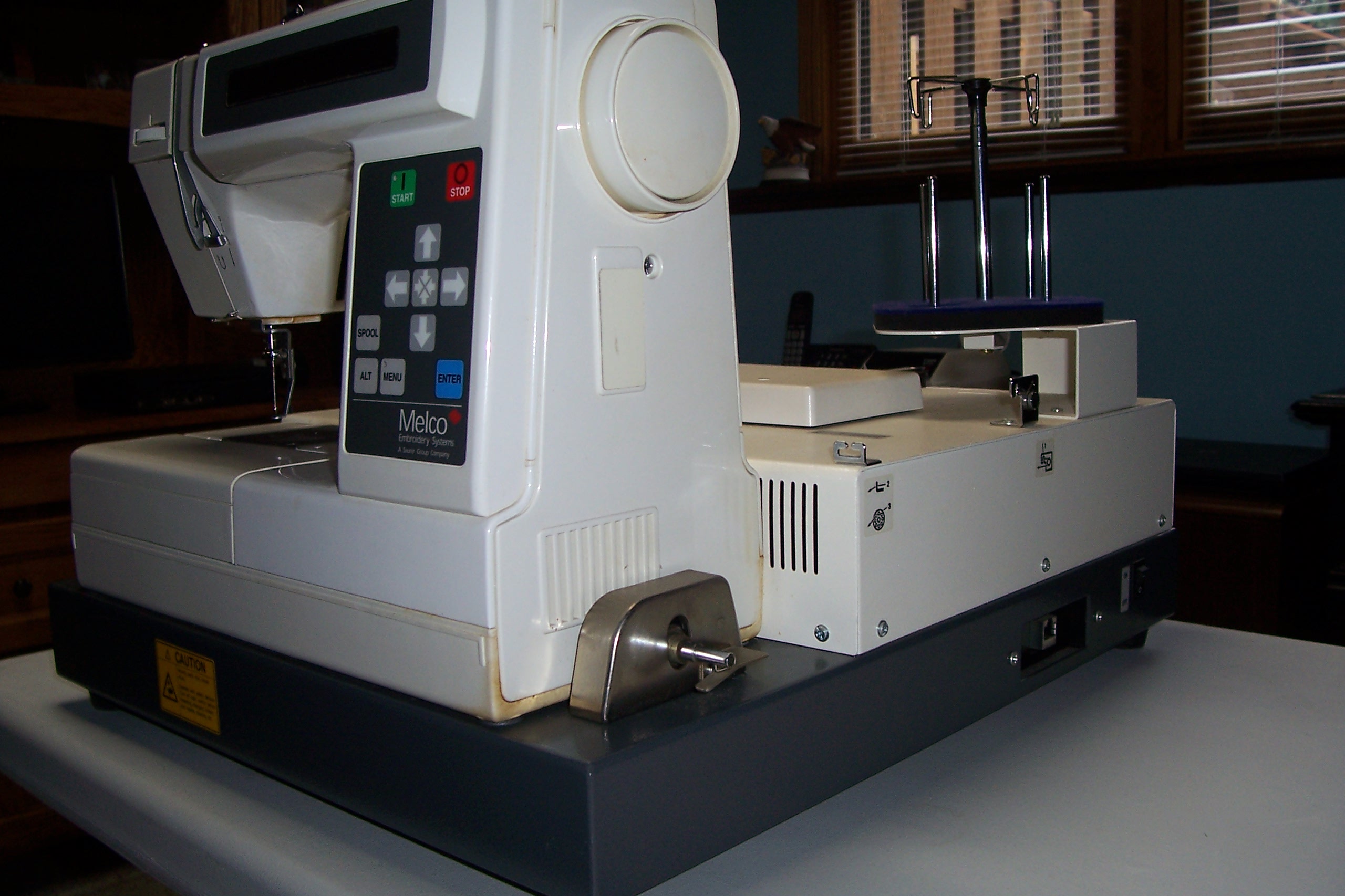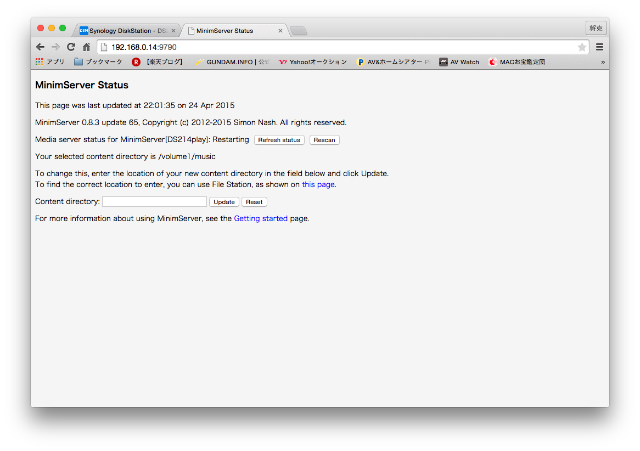


I am intrigued as to how you came by this piece of kit and why you chose to test it. I suspect that on, say, the Linn Forum, your report would by now have sparked all kinds of argument and counter-argument, with people taking up quasi-theological positions on the various technical issues. This would have been my reaction as well until very a bit disappointed that you have had only one response so far to your interesting post. I can't explain this scientifically and I know that most people reading this will think I'm imagining things. This confirms that the benefit is caused by something in the Ethernet connection feeding the player rather than by the hardware running the UPnP server. I hear this difference with MinimServer running on the Melco NAS and I hear the same difference with MinimServer running on some other NAS elsewhere in my network, as long as my player is connected to the network via the Melco NAS. When I connect my player to the network using the dedicated player link of the Melco NAS, there is a very noticeable change in the clarity and transparency of the music. It has a dedicated opto-isolated Ethernet port for direct connection to my player (a Linn Klimax DS/1) together with other high-quality componentry such as a low-jitter clock and a better-quality power supply.Įdit: The Ethernet port is not opto-isolated. This has been true for every NAS or computer that I've used to run MinimServer (12 at the last count). I'm currently listening to MinimServer running on this device.Īs we all know, it's impossible for the NAS hardware to make any difference to how the music sounds because the audio is transmitted as a bit-perfect stream of data across a bit-perfect Ethernet connection.


 0 kommentar(er)
0 kommentar(er)
